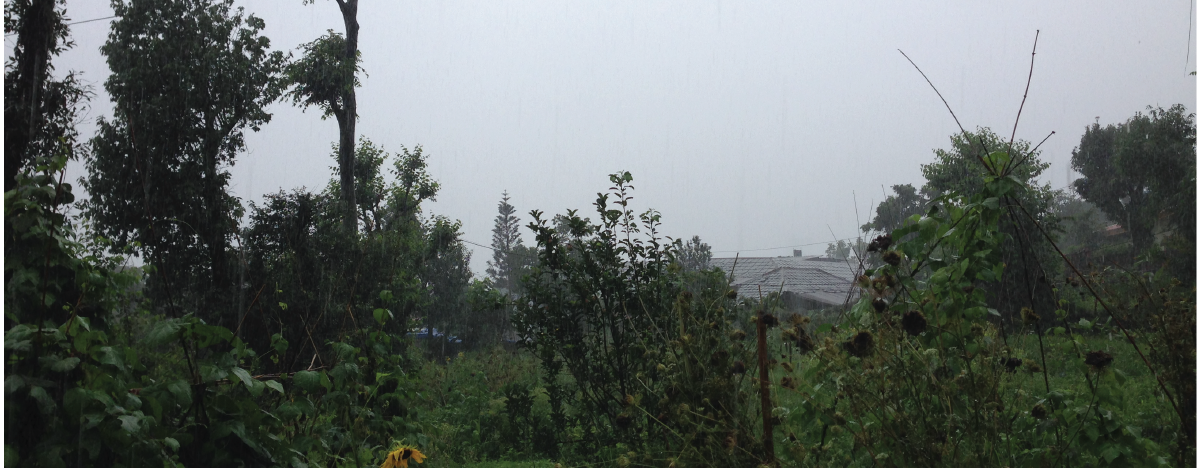
SUCCESSION
Every ecosystem undergoes succession, much like organisms undergo evolution.—–
Depending on the climate, soil, and availability of water, terrestrial ecosystems tend to grow into thick diverse forests if left undisturbed. The ecology of the soil, too, evolves with the changing plants above the soil. Highly bacterial soils of grasslands are succeeded by dense fungal networks in the forest soils.
FEEDING THE SOIL LIFE
- Adding organic matter to the soil will feed the primary decomposers (Bacteria/Fungi) which in turn will become food for Protozoa and Nematodes which in turn will be eaten up by microarthropods, worms, and insects. These will die at some point in the soil on which bacteria and fungi will feed. Thus, by adding different kinds of organic matter to the soil surface will allow for a diverse soil food web to slowly establish in the system.
- Growing diverse plants will, in turn, feed a diverse soil food web through root exudates.
All organisms need some amount of nitrogen to grow and carbon to build a structure. Bacteria are very small but multiply very rapidly, thus requiring more nitrogen than carbon as their food. Fungi grow and multiply very slowly and form long strands weaving into webs, hence, requiring higher carbon than nitrogen in their food.
Thus, by carefully choosing the kind of plants to grow and the organic matter being added to the soil, succession can be accelerated or maintained.
SUCCESSIONAL AGROFORESTRY
This is a process-based agriculture with no use of chemical fertilizers, pesticides, and herbicides and with minimum inputs from outside. By choosing a diversity of plants (preferably perennials) forming relationships and occupying as many ecological niches as possible, the richness of natural systems (spatial and temporal) can be replicated. The soils are fed with compost of the appropriate fungal: bacteria ratio as per the state and use of the land. The goal of this process is to improve the health of the land while slowly growing its topsoil, water, and biodiversity. Eventually, a complex poly-orchard with several layers of vegetation can be created. Such a system is dense, diverse, highly productive and self-regulating.
IMITATING LOCAL ECOSYSTEM SUCCESSION
- Densely planting fast-growing pioneer trees to initiate the succession.
- Systematic pruning, coppicing of trees, weeding, chopping to add biomass to the soil which will add to soil carbon, cover the soil from the sun, water and wind erosion and feed the soil life.
- Selectively felling off trees to create gaps for planting late successional species, fruit trees, and other beneficial plants.
PROCESS
Ground cover > Biomass > Diversity > Biodiversity
Successional agroforestry is being used as a way of restoring agriculture and forest lands around the world.
A broad guideline for successional agroforestry species in North-Western Himalayas.
https://docs.google.com/spreadsheets/d/1QhPVASQkQ_Wq2tJPueDNGP9rMsbArZwU-i9eZ-cFCGw/edit#gid=0
